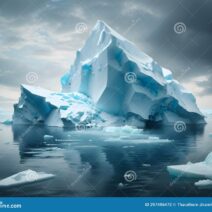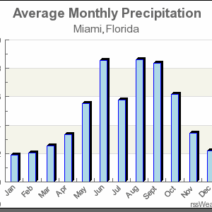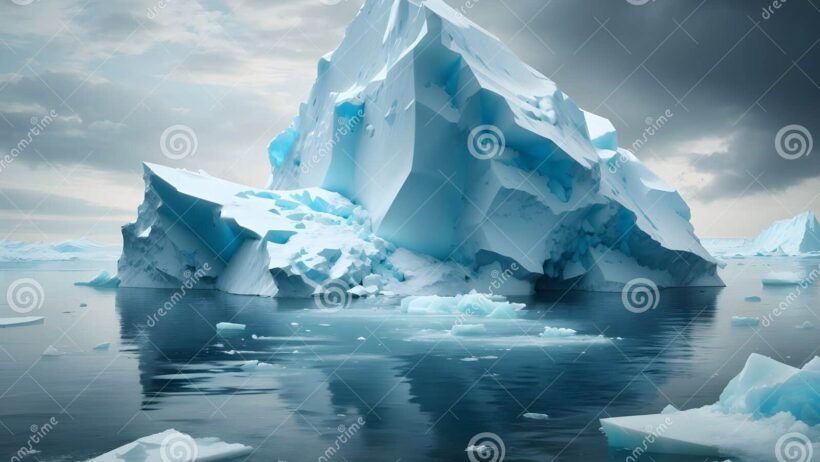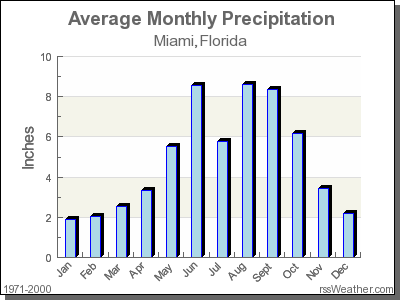The vast region of Siberia, often characterized by its frigid temperatures and permafrost landscapes, is undergoing a profound transformation. As the world grapples with climate change, it is here that one can witness an alarming phenomenon known as “The Great Thaw.” This process reveals not only the immediate implications of rising temperatures but also a plethora of underlying consequences that merit examination.
The concept of thawing permafrost is captured succinctly by the visible melting of ice that has trapped organic matter for millennia. This scenario piques interest not just for its visual impact but for its intricate connection to global ecosystems and climate systems. As the permafrost melts, the surface of the Earth reveals remnants of ancient flora and fauna, often preserved in a frozen state. Additionally, this thawing phenomenon releases substantial amounts of carbon dioxide and methane—potent greenhouse gases—into the atmosphere, further exacerbating climate change.
To truly comprehend the urgency of the Great Thaw, one must first consider the vastness of the Siberian landscape. Covering millions of square kilometers, Siberia’s permafrost serves as a thermodynamic barrier, insulating the Earth’s surface and impeding the release of greenhouse gases. However, as global temperatures rise, this thermal insulation begins to collapse. The alarming rate of thawing has the potential to release an estimated 1.5 trillion metric tons of carbon currently locked within these icy soils, fundamentally altering the atmospheric balance and accelerating global warming.
This phenomenon, while geographically specific to Siberia, has ramifications that stretch across the globe. The consequences of the Great Thaw are not isolated to remote tundras; they reverberate through weather patterns, agricultural viability, and even oceanic systems far removed from these frozen landscapes. The impact on local communities, particularly Indigenous populations who rely on this land for subsistence, is profound. Thawing permafrost affects not only the stability of infrastructures, such as roads and buildings, but also the availability of traditional food sources and cultural practices.
The interplay between climate change and Siberia’s thawing permafrost is not just a scientific inquiry; it encapsulates a human story. People living in the Arctic region have witnessed firsthand the encroachments of climate change. Observations of once-frozen lakes appearing and disappearing, altered migratory patterns of animals, and intensified wildfires are shaping new realities for these communities. The knowledge that they possess, a confluence of ancient wisdom and contemporary experience, is crucial for understanding the full scope of this transformation.
Additionally, the thawing process has unveiled startling discoveries that challenge preconceptions about our Earth’s history. In some instances, the remains of Ice Age mammals, such as woolly mammoths and other prehistoric fauna, have been exposed by the retreating ice. These finds evoke fascination and curiosity but also serve as poignant reminders of our planet’s ever-evolving narrative. Furthermore, the genetic material retrieved from these remains offers tantalizing insights into past ecosystems, prompting scientific inquiries into climate resilience and adaptation.
While the Great Thaw continues unabated, it compels us to re-evaluate our understanding of climate change and its myriad manifestations. It is not merely a phenomenon to observe but a clarion call to action. The interconnectedness of various environmental systems reinforces the notion that what occurs in Siberia does not stay confined to its borders; it echoes globally. As the Arctic region becomes increasingly warm, the implications extend to rising sea levels, intensified weather events, and altered ecological dynamics worldwide.
Moreover, the urgency of mitigating this change cannot be overstated. International collaborations and innovative policy measures are imperative to slow the inevitable consequences of global warming. The role of emerging technologies—such as carbon capture and storage, geoengineering, and sustainable energy solutions—could play a critical role in addressing the greenhouse gas emissions released from melting permafrost. While science can offer potential solutions, it is equally important to prioritize Indigenous knowledge systems and practices, integrating them into larger climate strategies to foster resilience and sustainability in impacted communities.
Scientific research also plays a pivotal role in elucidating the effects of Siberia’s thaw. Continuous monitoring and data collection can provide crucial insights into the rates of thawing, carbon release dynamics, and ecological changes. Such understanding enables policymakers and stakeholders to create informed strategies that address both mitigation and adaptation efforts. The effects of climate change are pervasive; they demand a comprehensive global response to manage the looming threats that emanate from the Siberian landscape.
In conclusion, The Great Thaw of Siberia represents a critical intersection of environmental, cultural, and scientific discourses. It is a vivid illustration of how climate change manifests in singular yet globally consequential ways. The extraordinary changes occurring in this region challenge human comprehension while also beckoning a sense of responsibility. Understanding these phenomena in their entirety leads to the recognition that the fight against climate change is inextricably linked with the stories, cultures, and histories of those who inhabit the impacted areas. Sustained engagement in dialogues about the Great Thaw, coupled with actionable measures, is essential for ensuring a balanced and sustainable future for the planet.





